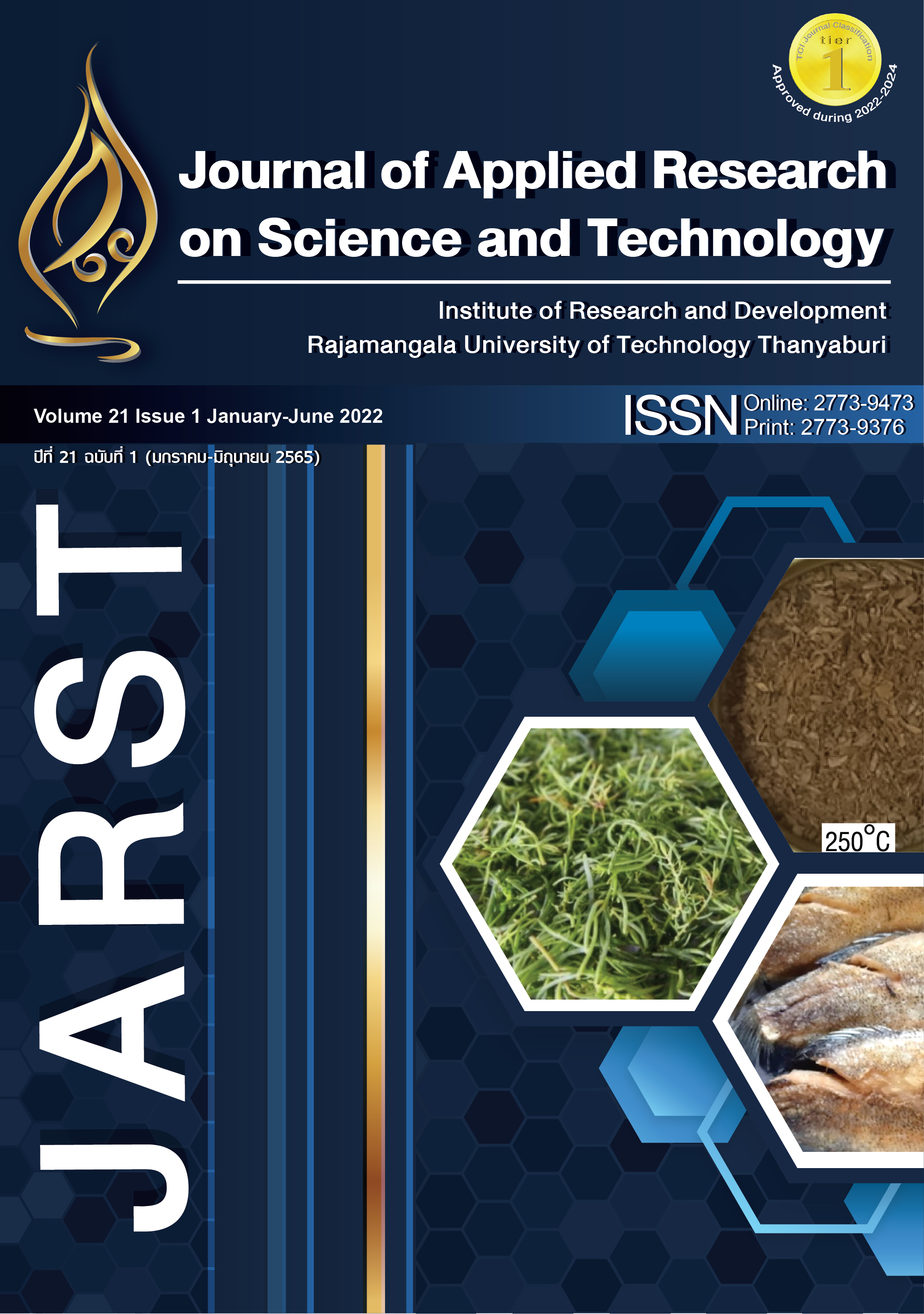Rope Coiling on a Rotating Plane
Main Article Content
Abstract
Feeding the rope steadily with uniform velocity about 67.15 cm/s from the height 105 cm toward the rotating plane creates a variety of coiling shapes, resulted from the buckling instability. Our present work aims to classify all possible coiling patterns on a rotating flat surface, studying the measurement of coiling sizes, the frequency of coiling, which is a function of height, speed of rope feeding and frequency of rotation of the plane. In the experiment, the coiling of a rope on a flat surface in a circular motion and rotating on a flat surface would destroy the symmetry of the circle. The shape occurs sequentially starting from the hypotrochoid, then the epitrochoid and finally to the circle. The hypotrochoid to epitrochoid transition is associated with a reversal of the direction of the angular momentum. The criteria for the epitrochoid to circle transition are an equality between the primary and secondary radii of the epitrochoid, and the number of secondary loops reducing facing inward will continue to decrease until there are no more sub rings facing inward the rope is coiled in a circular pattern. Including factors that determine the form of a new coiling such as, the height of the rope release point, rope feeding speed and the rotation frequency of the plane. The factors related to the properties of the rope are Young's modulus. This principle of physics can also explain the spiral patterns of viscous liquids on a rotating flat surface. where the elastic force in the case of rope is the viscous force in the case of liquid Such an understanding is beneficial to the design of 3D printers.
Article Details

This work is licensed under a Creative Commons Attribution-NonCommercial-NoDerivatives 4.0 International License.
References
Blount MJ. Bending and buckling of a falling viscous thread [Doctoral thesis]. Cambridge: Cambridge university. 2010.
Travers AA, Thompson JMT. An introduction to the mechanics of DNA. Phil Trans R Soc Lond. 2004;362(1820):1265-79.
Singh AR, Giri D, Kumar S. Conformational properties of polymers. Springer-Verlag. 2008;71(2):283–95.
Wolgemuth CW, Powers TR, Goldstein RE. Twirling and whirling: viscous dynamics of rotating elastic filaments. Phys Rev Lett. 2000;87(7):1623-6.
Dias MA, Dudte LH, Mahadevan L, Santangelo CD. Geometric Mechanics of Curved Crease Origami. Phys Rev Lett. 2012;109(11):114-301.
Kantor Y. Knots in Polymers. Pramana – J Phys. 2005;64(6):1011-7.
Raymer DM, Smith DE. The tangled web of self-tying knots. PNAS. 2007;104(44):17243-4.
Habibi M, Ribe NM, Bonn D. Coiling of elastic ropes. APS P. 2007;99(15):154-302.
Amnuanpol S. Rope coiling. Pramana – J Phys. 2017;89(69):68-78.
Amnuanpol S. Shape sequence of rope coiling on a rotating plane. 2019;125:54001.


